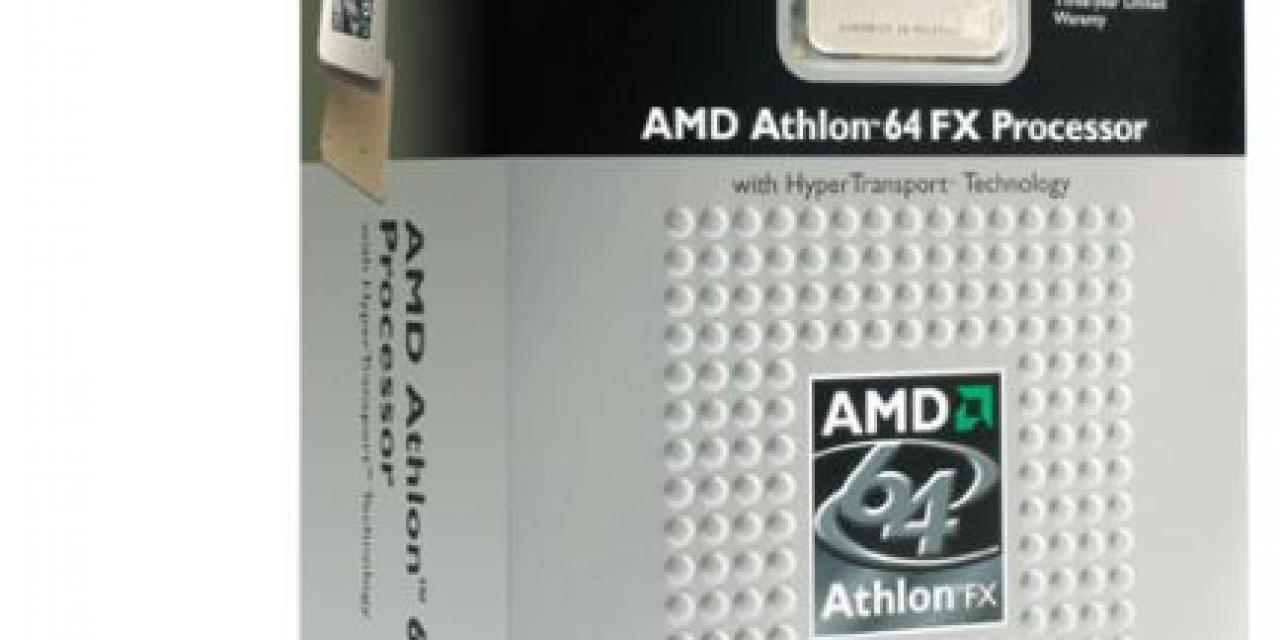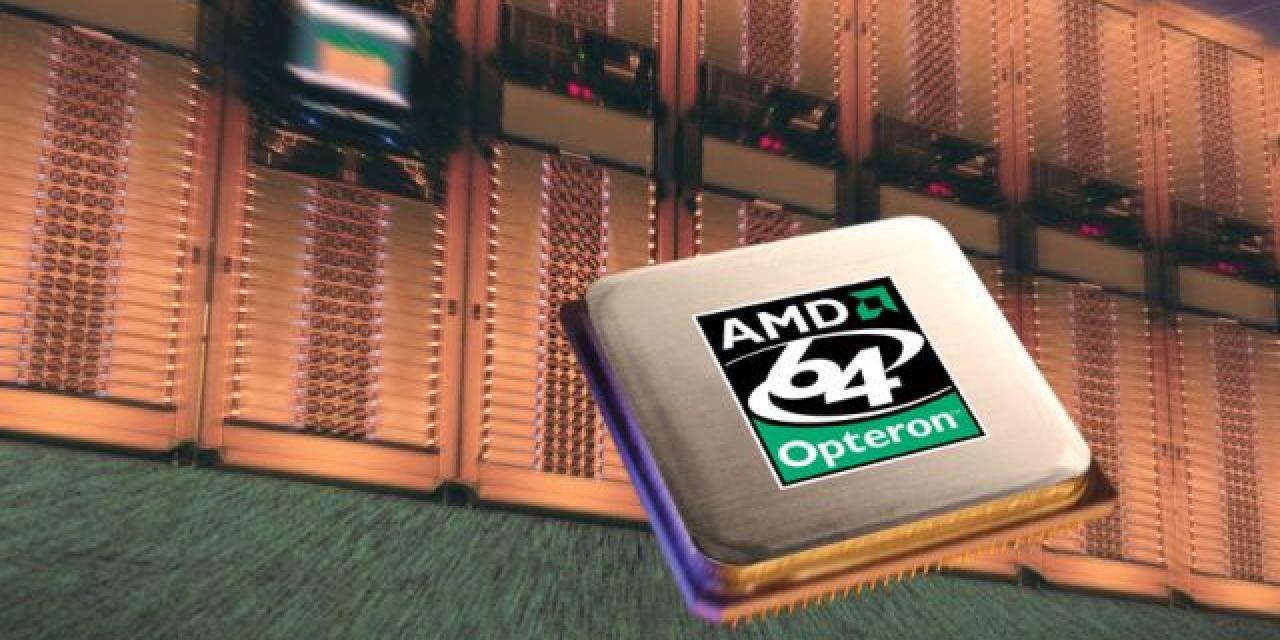

AMD is currently walking in the shadow of Intel's Core 2 Duo and quad-core CPUs but as more details are revealed about AMDs native quad-core architecture, Intel may have to reconsider its strategy.
AMD has always claimed that its native quad-core design is superior to Intel's plan of bundling two dual-cores in one chip. The company has already started revealing the details that back-up its superiority claims. At the heart of the issue lies AMDs Direct Connect architecture which utilizes serial hypertransport links to directly connect memory, CPUs and some IO subsystems. The design offers great advantages in scalability and is allowing AMD to even consider octal-core implementations.
Intel's Kentsfield design is based on the sharing of the front side bus, a hurdle which AMD avoids using the dedicated HT links for each dual core CPU. This is stressed as a performance difference but we have to remind you that until AMD has a product out that can be tested rigorously and compared to Intel's chips we will not be able to offer any real world comparisons, although we have to admit that on paper it does look good for AMD provided they can deliver the chips soon enough.
AMD has now also confirmed that its CPUs will be available in speeds varying from 2.6 to 3.0 GHz.








